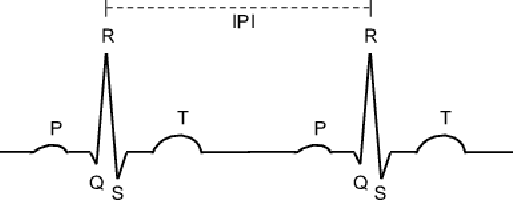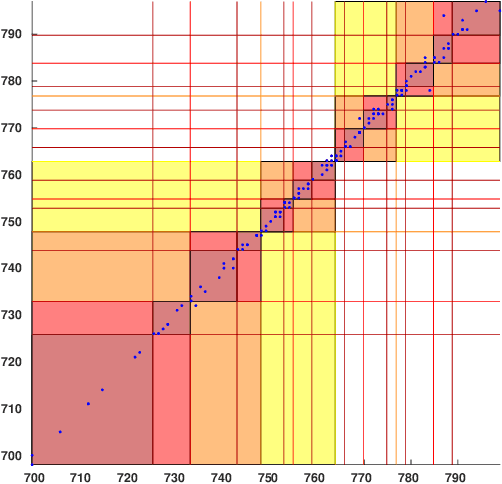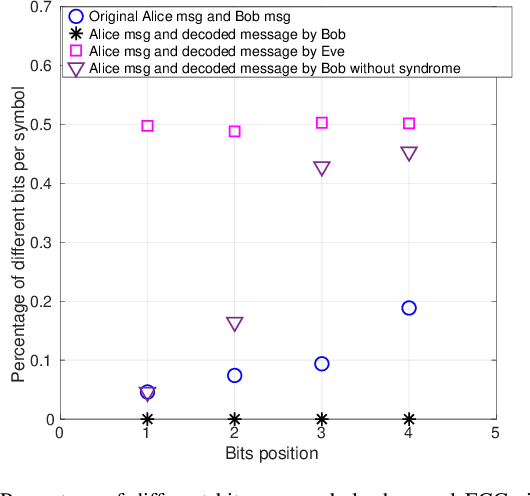Anna V. Guglielmi
Information Theoretic Key Agreement Protocol based on ECG signals
May 14, 2021



Abstract:Wireless body area networks (WBANs) are becoming increasingly popular as they allow individuals to continuously monitor their vitals and physiological parameters remotely from the hospital. With the spread of the SARS-CoV-2 pandemic, the availability of portable pulse-oximeters and wearable heart rate detectors has boomed in the market. At the same time, in 2020 we assisted to an unprecedented increase of healthcare breaches, revealing the extreme vulnerability of the current generation of WBANs. Therefore, the development of new security protocols to ensure data protection, authentication, integrity and privacy within WBANs are highly needed. Here, we targeted a WBAN collecting ECG signals from different sensor nodes on the individual's body, we extracted the inter-pulse interval (i.e., R-R interval) sequence from each of them, and we developed a new information theoretic key agreement protocol that exploits the inherent randomness of ECG to ensure authentication between sensor pairs within the WBAN. After proper pre-processing, we provide an analytical solution that ensures robust authentication; we provide a unique information reconciliation matrix, which gives good performance for all ECG sensor pairs; and we can show that a relationship between information reconciliation and privacy amplification matrices can be found. Finally, we show the trade-off between the level of security, in terms of key generation rate, and the complexity of the error correction scheme implemented in the system.
Feature selection for gesture recognition in Internet-of-Things for healthcare
May 22, 2020



Abstract:Internet of Things is rapidly spreading across several fields, including healthcare, posing relevant questions related to communication capabilities, energy efficiency and sensors unobtrusiveness. Particularly, in the context of recognition of gestures, e.g., grasping of different objects, brain and muscular activity could be simultaneously recorded via EEG and EMG, respectively, and analyzed to identify the gesture that is being accomplished, and the quality of its performance. This paper proposes a new algorithm that aims (i) to robustly extract the most relevant features to classify different grasping tasks, and (ii) to retain the natural meaning of the selected features. This, in turn, gives the opportunity to simplify the recording setup to minimize the data traffic over the communication network, including Internet, and provide physiologically significant features for medical interpretation. The algorithm robustness is ensured both by consensus clustering as a feature selection strategy, and by nested cross-validation scheme to evaluate its classification performance.
 Add to Chrome
Add to Chrome Add to Firefox
Add to Firefox Add to Edge
Add to Edge